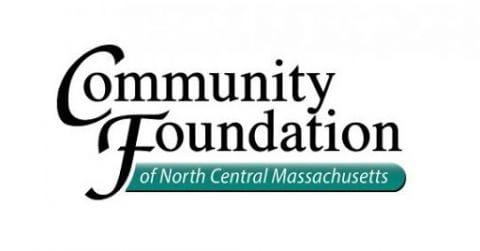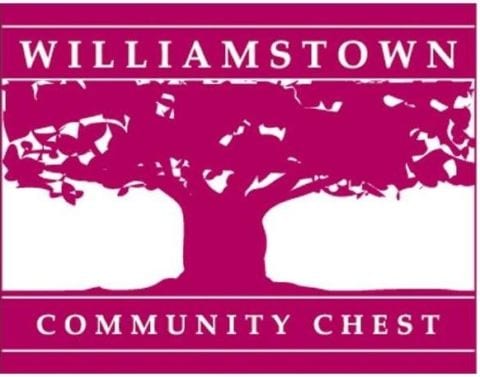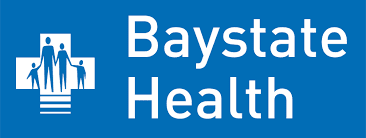June 10, 2011
Economy, aid cuts stymie the homeless
Triage census exceeds former PIP site
Friday, June 10, 2011
[[{“type”:”media”,”view_mode”:”media_large”,”fid”:”377″,”attributes”:{“alt”:””,”class”:”media-image”,”height”:”226″,”typeof”:”foaf:Image”,”width”:”480″}}]]
The triage center, designed for 25 beds to assess homeless people for their housing needs, is struggling with three times that number. (JOHN FERRARONE)
By Lee Hammel TELEGRAM & GAZETTE STAFF
lhammel@telegram.com
WORCESTER — The triage center, designed for 25 beds to assess homeless people for their housing needs, is groaning under the weight of three times that number.
The triage center had 75 overnight clients Wednesday because homeless people continue to be admitted and few are finding their way out into stable housing. Federal funds intended to subsidize market rate rents have apparently run out.
That leaves the triage center now exceeding the census of the former homeless shelter that it was created to supplant when that shelter overwhelmed its neighborhood.
On top of that, letters went out May 31 to 66 landlords and their 136 tenants informing them that their rental subsidies will come to an end June 30, and telling the tenants they should make alternative arrangements.
Operated by Community Healthlink at 12 Queen St., the triage center opened Jan. 31 as a key part of the city manager’s plan to end homelessness and to close the People in Peril homeless shelter at 701 Main St. The goal was to keep people for between a week and a month to get them into stable housing. That is unlike the former PIP shelter, where denizens could stay as long as they liked.
That goal was met the first two months after the triage center opened, said Brooke M. Doyle, Community Healthlink vice president for homeless service. Since then, virtually no facility has met it, she said.
The center had 37 residents the first day it opened. The average overnight census in February was 66, grew to 69 in March, dipped to 61 in April, and swelled to 78 last month.
The census exceeds the average census of the People in Peril shelter, which was 60 two months before the triage center opened. However, the PIP shelter was averaging 127 guests per night four Decembers before that, before a “closed admission” system went into effect in November 2009.
One of the reasons for the growth is that few people left the triage center while new clients continued to be admitted, Deborah J. Ekstrom, president and CEO of Community Healthlink, said yesterday.
South Middlesex Opportunity Council has gotten two grants to house formerly homeless people, including one from the Worcester County Regional Network in October 2009 for 50 rental subsidies.
The Framingham-based agency has housed more than 450 formerly homeless people since then, Susan Gentili, SMOC director of emergency services, said Wednesday.
“SMOC has not been able to house any triage center clients in market housing for about two months,” CHL’s Ms. Ekstrom said.
“Clearly, we have to find a way to continue the plan of housing people.”
SMOC officials did not return calls seeking comment yesterday.
However, Jacqueline Vachon-Jackson, a city official, said the triage center has had just over four months to overcome a system that allowed homeless people unlimited time in a shelter that did not require them to work toward improving their lives.
“We absolutely continue to work toward the 25 beds, and I do think at some point we will get there,” said Ms. Vachon-Jackson, who is chief of staff of the city’s office of economic, neighborhood, and workforce development.
She said SMOC and CHL are working collaboratively; the PIP shelter has closed and will remain closed, and homelessness is looked at as something to be solved, not adjusted to. She attributed the high census at the triage center to a poor economy; a new policy of not allowing people to come and go at will, so they stay; and more people being attracted because they see the center as a way to a better life.
Ms. Vachon-Jackson also commented on SMOC’s announcement that tenants and landlords should prepare for the end of subsidies. “We knew and understood they (subsidies) were a finite resource and their end was part of the plan,” she said.
However, it was not part of Dionne Lariviere’s plan until she got the May 31 letter. Ms. Lariviere, 44, a former PIP resident, said SMOC told her when she moved in March the nonprofit agency would pay most of her $725 rent for 12 months at her apartment on West Street.
While Ms. Larivere said she will move her boyfriend into her apartment to help pay the unsubsidized rent next month, she said she has numerous friends who have no idea how they will cope with loss of the subsidy.
Jane Lane, a SMOC spokeswoman, said the agency has been working with the 136 tenants affected and “we’re down to 20 or 30 individuals that still need to be placed. Everyone else has found housing.”
For those who fear eviction, “The important message is that people are not just required to leave when they get a notice like this,” said Jonathan L. Mannina, executive director of the Legal Assistance Corporation of Central Massachusetts. “They have a right to go to court and raise any defense they may have from an eviction situation.”
Ms. Vachon-Jackson said, “We do not expect people to flood back into the triage center by any means or become homeless. The city is working with all of our partners and is committed to insuring that people that are housed remain housed and do not revert back to homelessness.” ▪

















































